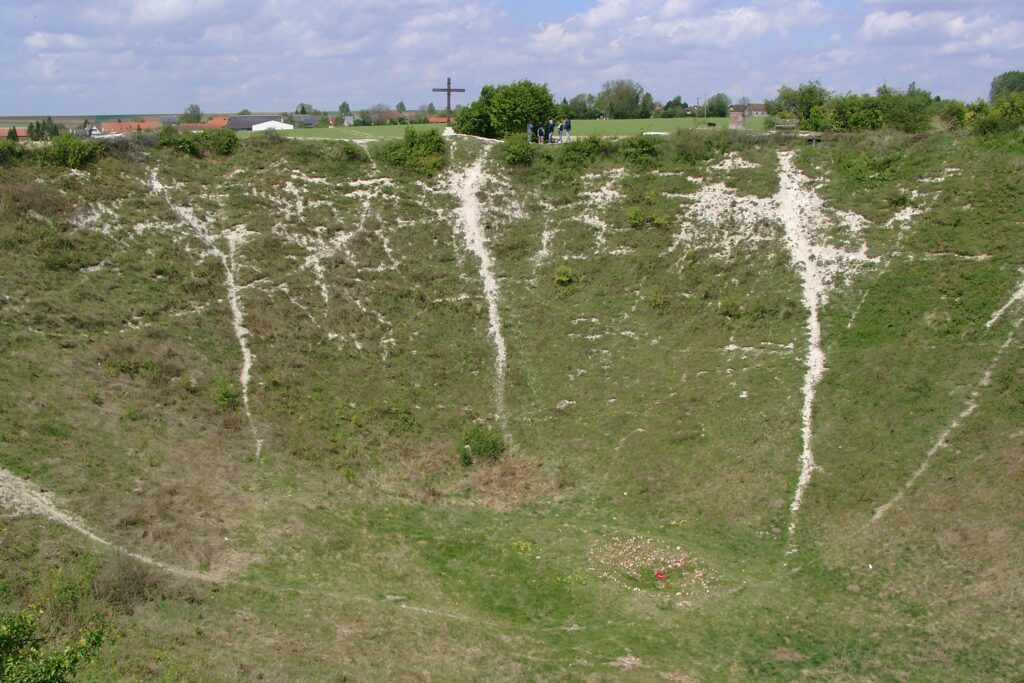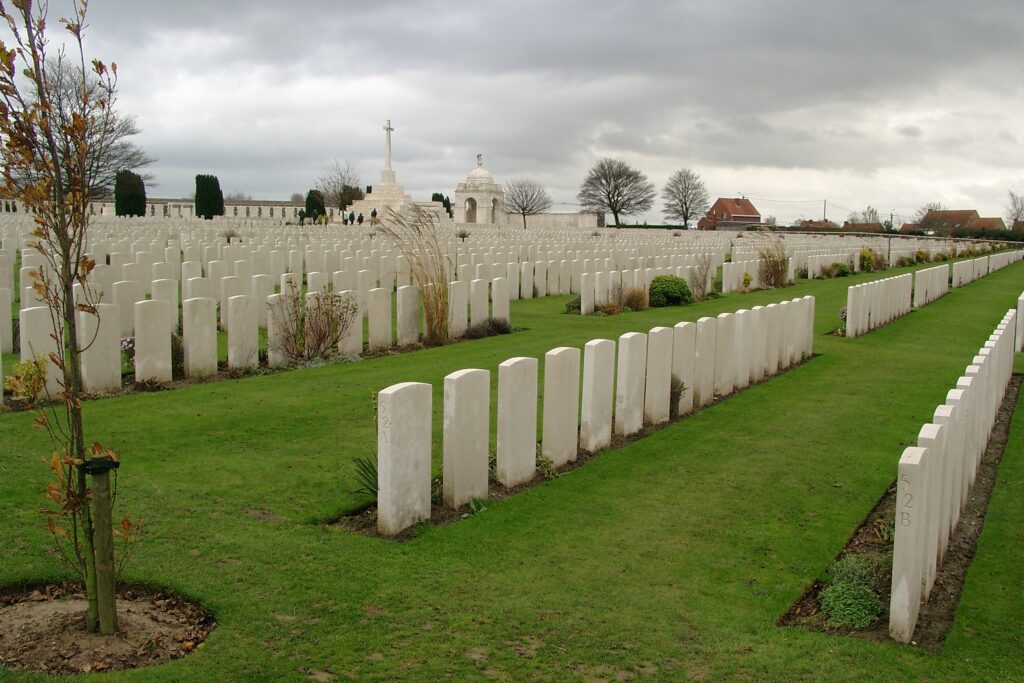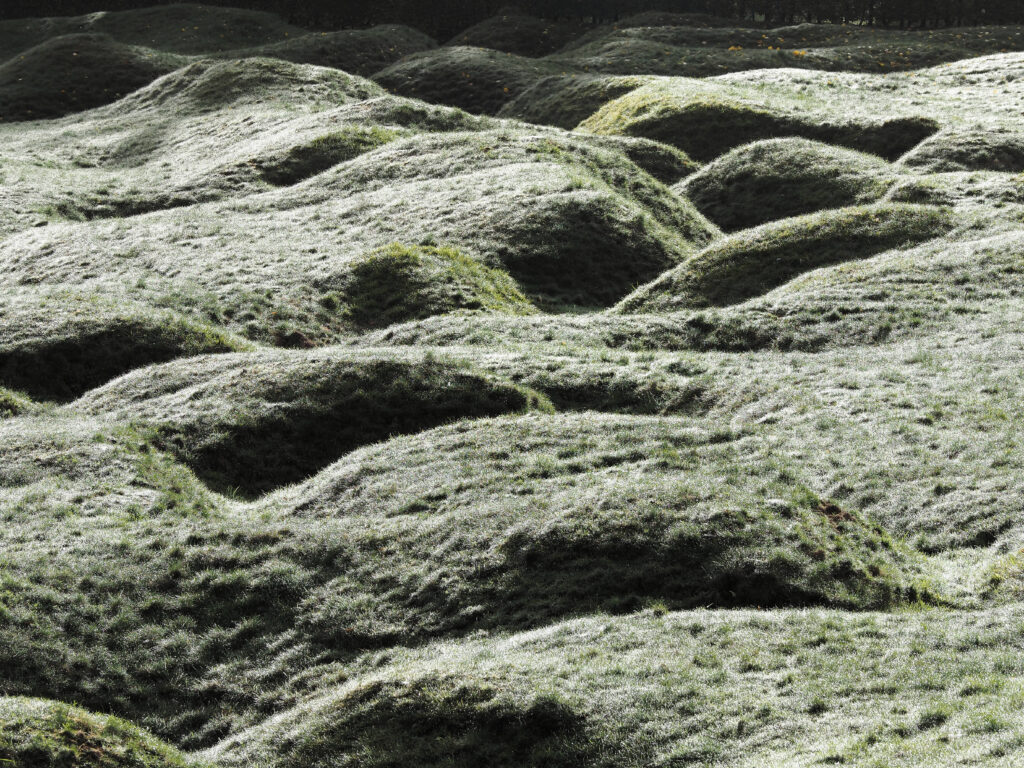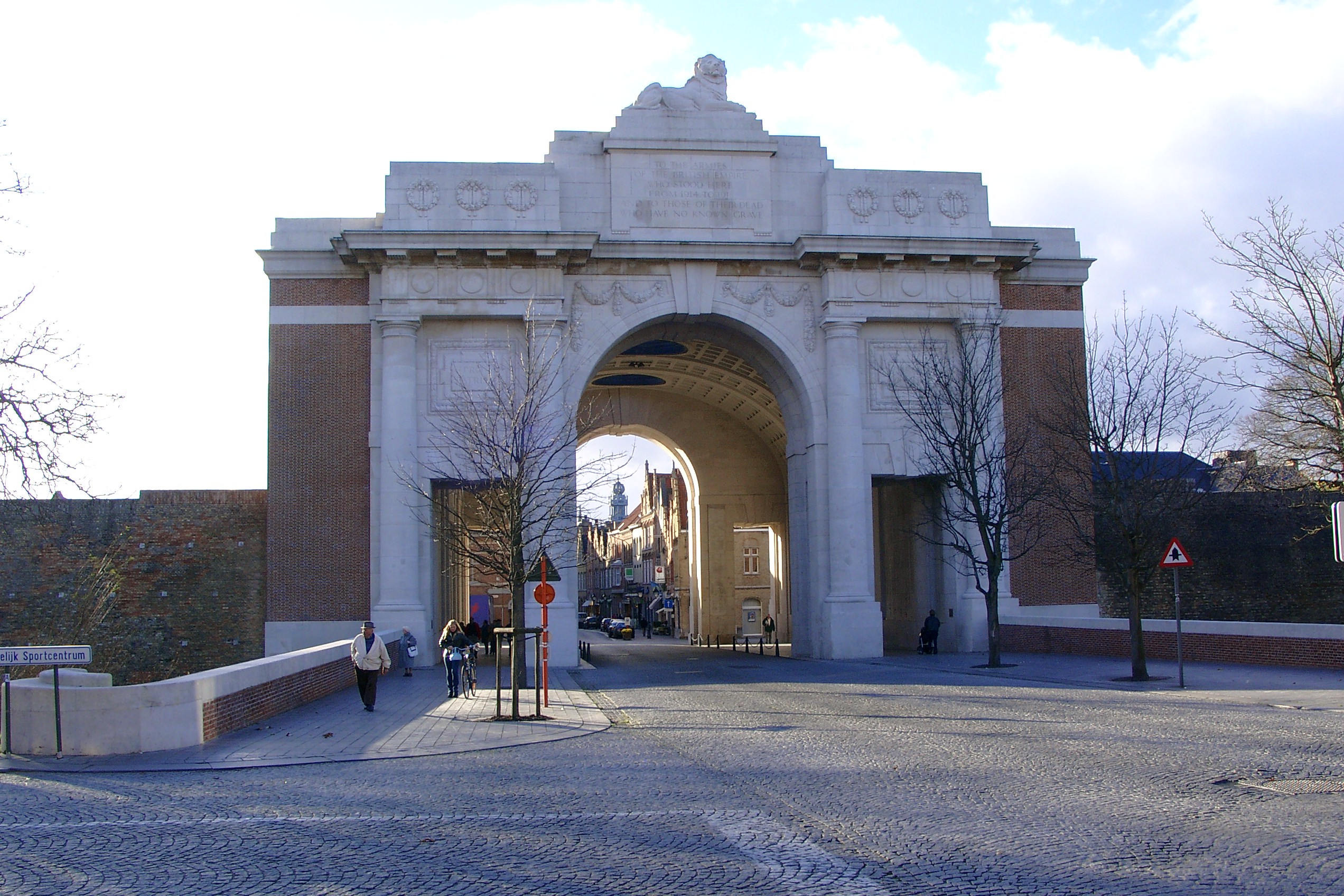Introduction
Knee Deep Into History… Today, Flanders Fields and the Somme battlefields of WW1 stand as symbols of the futility of WW1 trench warfare and the thousands of casualties that it produced. More important, each of these battlefields also tells the story of changing strategies, tactics and weapons to try to break out of the Western Front stalemate.
Flanders fields is just 20 miles or so from the North Sea Coast. In 1914 it played a key role in the “Race to the Sea” during the First Battle of Ypres; with British and Belgian forces managing to hold on to a tiny sliver of Belgian territory. In 1915 the Imperial German Army launched its first gas attack during the Second Battle of Ypres; seeking to push the British lines west of Ypres and to reduce the threat of a British combined land / sea operation. In 1917 it was the British turn to attack; hoping to push the Germans back and to eliminate the North Sea U-boat bases that were wreaking havoc on British shipping. This Third Battle of Ypres (also known as Passchendaele) would become synonymous with the horrors of trench warfare, in part because of the incessant rains that reduced the battlefield to a morass.
The Somme has become equally symbolic. The two-week preparatory bombardment, combined with the blowing of mines on day 1, was unheard of until that time. In spite of this, Kitchener’s Army would suffer its worst day in history, producing 60,000 casualties in just one day, as leaders were slow to grasp the bombardment’s failure. The French Army would have better outcomes, but it would still suffer. In September 1916 the British Expeditionary Forces would use tanks for the first time; hoping to break the stalemate. However, the early tanks were far too unreliable to bring victory.
Today, the landscape of the two battlefields is dotted with countless cemeteries, memorials and preserved battlefield parks that the story of the once-giant trench warfare battles that occurred here. Equally important, participants will attend the Last Post Ceremony at the Menin Gate. Explore these two areas with us and get knee deep into history…

Brief Schedule (See Brochure for Full Details)
Wednesday, 4 September. Pick up at CDG at 12:00pm. Drive to the Ypres Salient and visit key sites. Introductory briefing and dinner in the evening. Stay overnight in the Ypres Salient.
Thursday, 5 September. Ypres battlefield sites and Last Post Ceremony at the Menin Gate. Stay overnight in the Ypres Salient. Sites to be visited include, but are not limited to, Langemarck gas attack and the Langemarck German Cemetery, Tyne Cot Cemetery, Polygon Wood and Passchendaele.
Friday, 6 September. Drive to the Somme. Visit the Somme battlefields and stay overnight on the Somme.
Saturday, 7 September. Somm battlefield visits. Sites to be visited include, but are not limited to, the Lochnagar Crater, The Glory Hole, Beaumont Hamel, the Thievpal Memorial to the Missing, Pozieres and the Butte de Warlancourt.
What Makes This Tour Unique?
Both of these British-held sectors are synonymous with the “Material Schlacht” (Industrialized Warfare) that the middle years of WW1 are best known for. There are plenty of place in these sectors to reflect on the human cost of WW1.
Randy’s first tour was to these areas with Lt. Col. Graham Parker of Flanders Tours. Likewise, Markus Klauer, a German living in Lille, France, has been visiting these sectors for decades.

Download the Tour Information Here and Sign-up Today
2024 A Rendezvous with Death–The Somme and Flanders Fields Tour FINAL
2024 Terms and Conditions FINAL
Have a question? Email KDIH.

